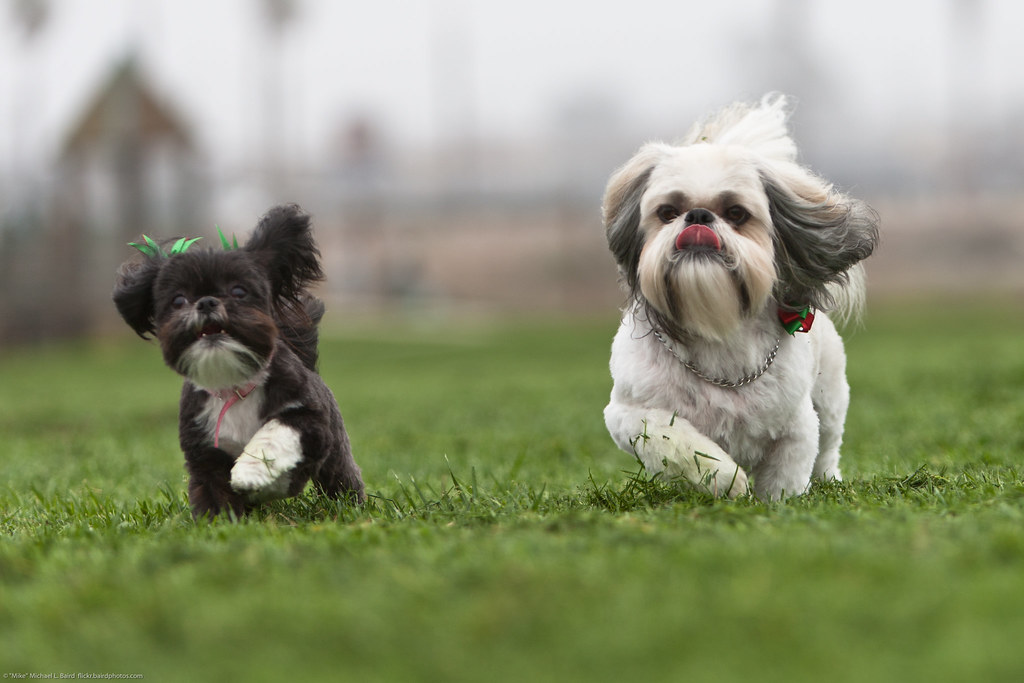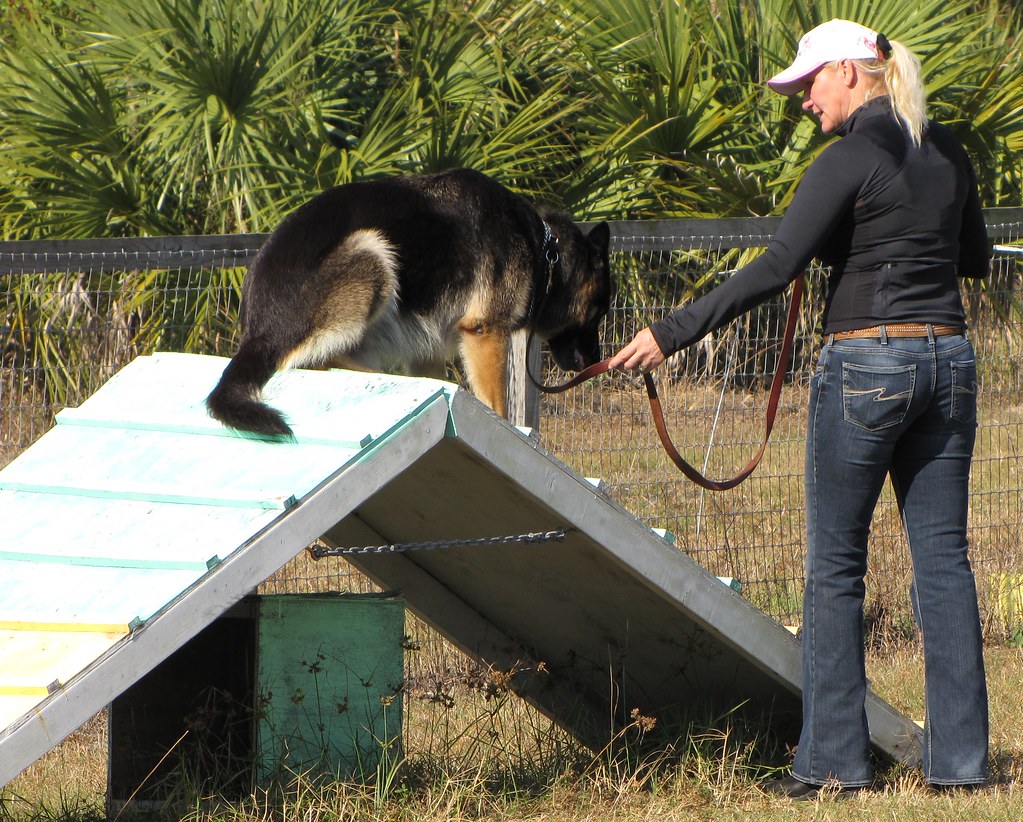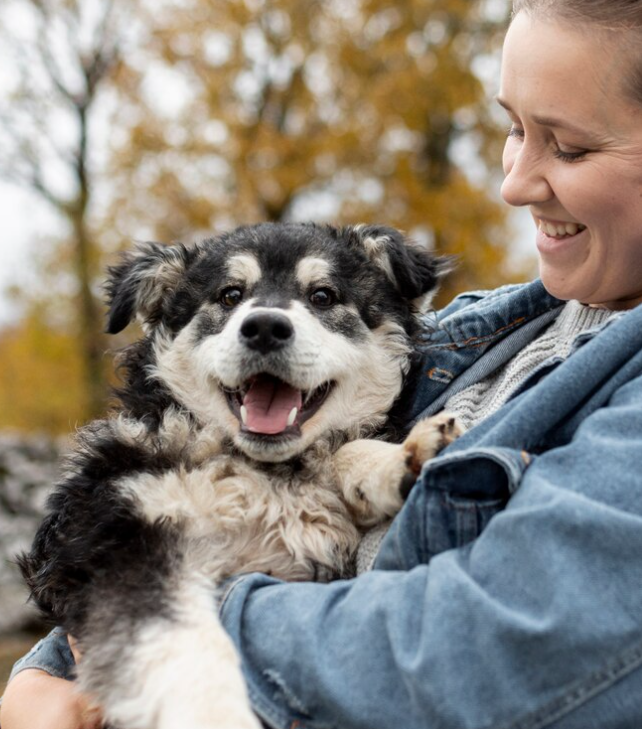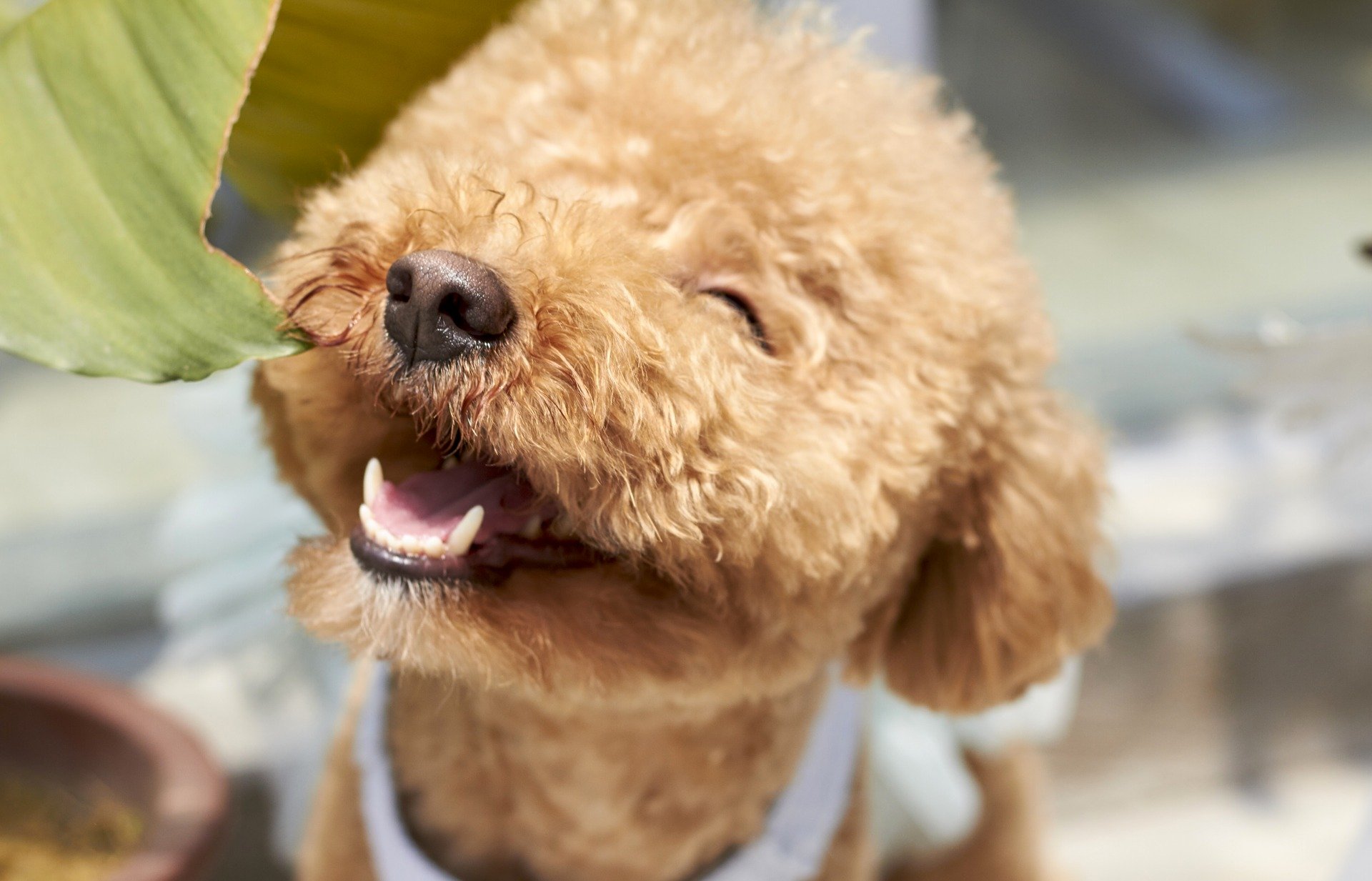
Dogs are loving creatures, who develop a strong attachment to their owners and love pleasing them. Despite how much your dog loves you, there is no guarantee, that they will stay calm by your side at all times. Dogs are explorers by nature, and they deeply enjoy investigating their environment and finding new smells and sounds. The world outside arouses the interest in our paw friends and may lead to attempts to run away. This may be very frustrating for most owners, as they do not know what to do to prevent this behavior.
We would like to point out possible reasons why your dog may want to run away and how to discourage this behavior. Also, we want to assure you that even if your beloved paw friend makes attempts to run away, this is not a sign of lacking love towards you.
Reasons Why Your Dog Wants to Run Away
Boredom
Does your dog have to spend the whole day alone at home? If your working hours do not allow you to engage enough in activities like walking, playing, training, or exercising your dog, they may get easily bored and develop the need to run away in search of adventures. Lack of interaction, as well as physical and mental stimulation, usually has a negative effect on our furry friends who are social creatures.
Receptive to Mating
Attempts to run away are very likely to be caused by the “on-heat” cycle. The urge to mate in female canines who have not been spayed is very strong and the presence of a male nearby can make her run away. “In heat” is a term that refers to female dogs and especially to their reproductive cycle. Male dogs, on the other hand, who can mate year-round once they become 6 months old (fertile age), sense the unique smell that female dogs in heat give off and may become uncontrollable. The receptive to mating especially applies to non-spayed/neutered dogs.
Big Excitement
Other animals like cats, dogs, squirrels or fast-moving objects like cars may lead to over excitement in your dog and their desire to get to it. If you are raising a dog of a larger breed like the German Shepherd you need to be extremely careful and able to control them during walks. Otherwise, you can get easily injured.
New Home
If you have recently moved to a new home, your doggy may not have adapted yet and wants to return to their old home. Some dogs need more time to adapt to environmental changes and you should be patient and give your pooch the time they need to get used to their new surrounding.
Habit
If your canine does not have so much to explore, i.e. you moved from a house to an apartment, you put up a fence that surrounds your house, or you took a dog from the street, who used to have freedom, they may perform this type of behavior, until they get used to the new environment. It is always more difficult for larger dog breeds, who have spent much time in rural areas and enjoyed wandering in bright open spaces, to adapt to the city life.
Fear
Dogs can be really sensitive to certain smells, objects and noises, especially very loud noises. If there are factors present that bother your dog and lead to stress and anxiety in them, they may want to find a safe place to go to. Thunder and fireworks are considered disturbing factors for dogs, due to the loud noise they produce.
They Do Not Like Restrictions
Although dogs attach to their owners and are eager to please them, this does not mean that they like the restrictions you impose. If they have a chance to explore a new territory, and need to jump over a fence or overcome any types of enclosure, they are likely to do it.
How to Prevent Your Dog From Running Away?
What actions you have to take, depends on what triggers make your dog want to run away.
Exercises and Playtime
If they are bored, they need to spend enough time exercising and playing. Keeping the dog busy and providing them with opportunities to spend their energy, will make them calmer. A calm and relaxed dog is less likely to want or have the energy to run away. There are different kinds of toys on the market (chew toys, obedience toys, chase toys, puzzle toys) that will stimulate your dog not only physically, but mentally as well. You can find out more about the toys types in our article: “Best Toys for Service Dogs”.
Spaying / Neutering
If your dog is receptive to mating, you may want to spay/neuter them in order to prevent unwanted behavior that can be potentially dangerous for them. We will point out some benefits that spaying/neutering has for your dog.
For female dogs:
-
you will not have to deal with the mess related to her season cycle;
-
you will prevent unwanted pregnancy. Finding a good home with loving and responsible owners for all the puppies of the litter can be a difficult task;
-
you will interfere with the presence of unwanted male dogs on your property;
-
you will prevent your dog from developing serious health conditions like infections or tumor of the mammary glands.
For male dogs:
-
you will prevent them from developing prostate issues;
-
they will become calmer especially towards other dogs;
-
tendency to roam will decrease;
-
you will be able to train your dog easier.
Training
If your furry friend gets easily excited or their attempts to run away are just a habit, you may need to conduct training and exercise them more often. Acquiring basic social and obedience skills is important for all dogs, not only for those trained to become service dogs. If your canine shows a strong reaction towards a certain object, you may need to incorporate that object in the training process. If the excitement of your pooch is being caused by another animal, you can use a toy, that is similar to that animal. Once your dog gets used to the object and obtain obedience skills, they are less likely to want to run away.
How to Conduct Recall Training
First you need to choose a distraction-free environment- a quiet room or your backyard if it is fenced and there are no noises, people or animals nearby.
As a next step you need to have a delicious treat and show it to your pup.
Make a few steps back, call your pup and give them the treat.
As a next step you need to show your doggy a treat, then increase the distance by slowly running away from them. When they catch you, provide a reward.
Step by step you can add more distractions and change the location.
Every time your pup fulfills the task, give them a treat so that they stay motivated and come to you when you call them.
Please remember that you need to be patient and consistent to have success, as the process takes time. Keep the sessions short and end them before your pup gets bored, so that they will have a positive attitude to the training.
Make Your Doggy Feel Comfortable In Their New Home
In order to shorten the adaption time needed, you can place your doggy’s favorite toys around their playing or sleeping area in your new home. Familiar smells will also contribute to the comfort of your dog in the new home. You can use your old T-Shirt or a blanket, whose smell your dog is familiar with and associate with your old home. Also, you can walk them around new spaces so that they can explore and sniff around and get used to the smell. Another tip that may help your doggy get acquainted with the new environment quicker is choosing an area at home for them with a good view, so that they will not feel isolated.
Find a Safe Area in Your Home / Train Your Dog
If your dog is afraid, stressed or anxious, you should find a place in your home where they will feel safe, until the event, i.e. fireworks or thunder, passes over.
Help Your Dog Overcome Their Fear
Training your dog to get used to certain factors in their environment and overcome the fear they cause, is really important. Please remember to expose your canine to those factors gradually and create a positive attitude towards them using their favorite treats.
MM- Music and Massage
Also, playing your paw friend classical music is likely to have a surprisingly good effect on their emotional state and make them calmer. Massaging your doggy and using essential oils can be used as additional tools with a relaxing effect.
Put a Fence Up / Close the Door
You may need to put a fence up around your home and eventually pave the edges with stones in case that your dog can dig through. If they have a strong physique and can jump over the fence, you may need to extend its height. You can also put your doggy in a room with closed door, before you open the front door. This way you will reduce their chances to escape.
Breeds That Are More and Less Likely to Run Away
Some breeds are more prone to showing this behavior, especially the representatives of hunting, guarding, and herding breeds. If you are raising a German Shepherd, Australian Shepherd, Husky, Border Collie or a Great Pyrenees, you should be careful and may want to put an identity tag on them just in case.
The representatives of the toy group are less likely to run away. If your doggy is a Pomeranian, Pug, Toy Poodle, Cavalier King Charles Spaniel, or a Maltipoo, you can take a breath, as these breeds do not tend to run away.
What Should You Avoid Doing?
Despite how angry you are at your dog, do not show any verbal or physical aggression. This will not make them want less running away. Actually, negative experience may lead to anxiety and stress and the tendency to escape may increase. Always try to encourage the positive behavior, but remember to not provide treats when your doggy misbehaves. Proper training is highly recommended, and you may want to start training your pooch while they are still puppies. However, you need to be careful and not train them too difficult tasks, as demanding tasks at a young age can injure their still developing bone structure.












